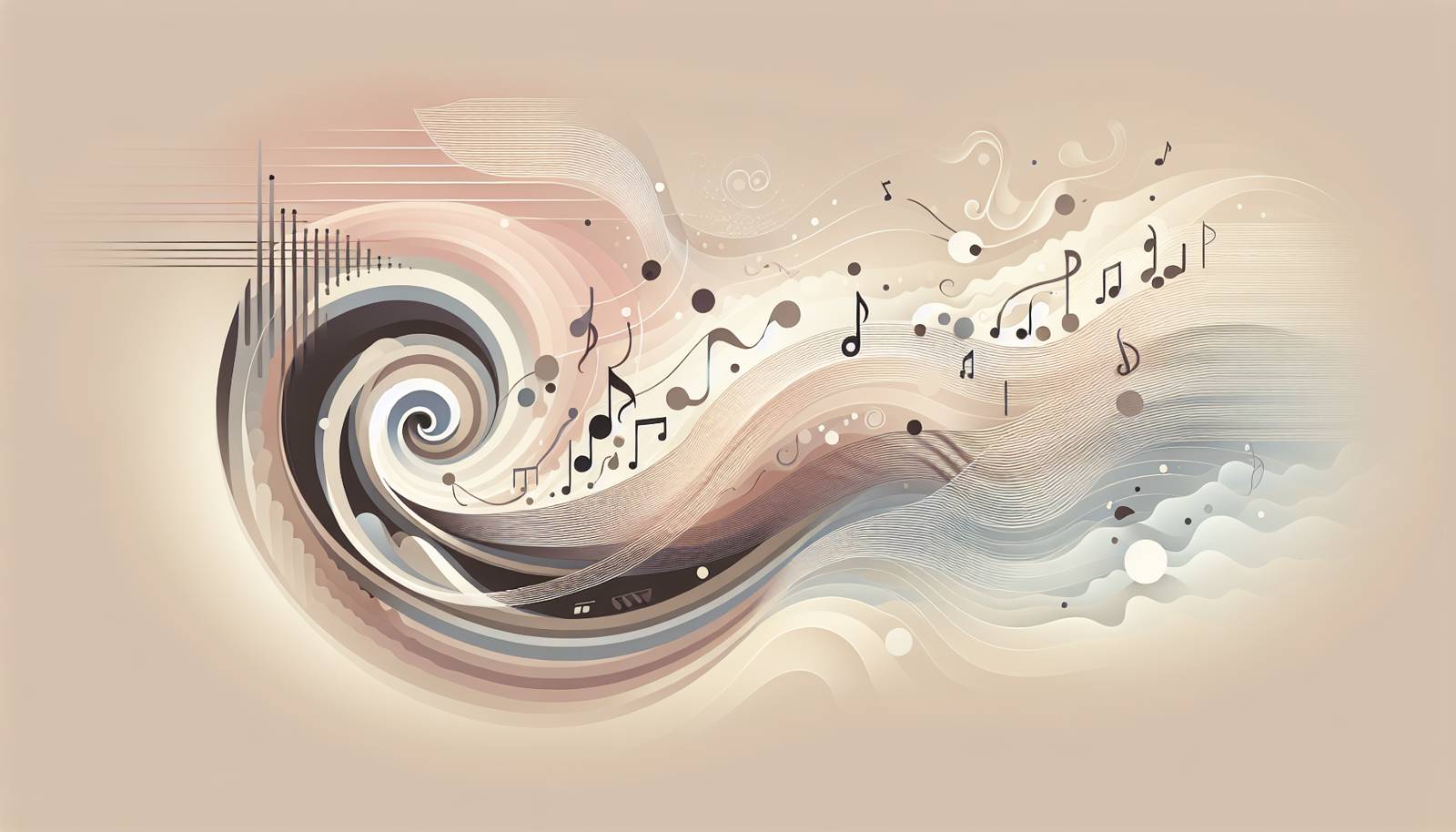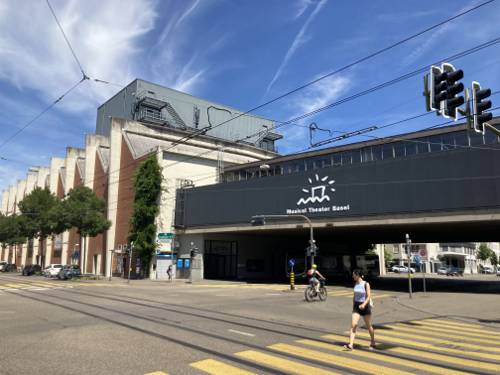
FAQ About The Evolution of Musical Theater

What is musical theater?
Musical theater is a form of theatrical performance that combines songs, spoken dialogue, acting, and dance. The story and emotional content of a musical are communicated through words, music, movement, and technical aspects of the entertainment as an integrated whole. It includes a wide range of styles and genres, making it a versatile and popular form of entertainment worldwide.

How did musical theater originate?
The origins of musical theater can be traced back to ancient Greek theater, where music and dance were integral parts of theatrical performances. It evolved through various cultural and historical influences, including opera, operetta, vaudeville, and the minstrel shows of the 19th century, each contributing different elements that shaped modern musical theater.

What was the first recognized musical theater production?
The first recognized musical theater production is often considered to be The Black Crook, which premiered in New York in 1866. Often referred to as the first musical extravaganza, it combined songs and dances with a play, paving the way for future musicals.

How has musical theater contributed to cultural narratives?
Musical theater has played a significant role in reflecting and shaping cultural narratives. Through storytelling, it addresses social issues, mirrors societal changes, and often challenges social norms. Musicals like West Side Story and Rent have highlighted issues such as racial tension and the AIDS crisis.

What influence did the jazz age have on musical theater?
The Jazz Age of the 1920s brought significant changes to musical theater. The music, characterized by its energy and originality, influenced the style and sound of musicals, leading to the creation of iconic works such as Show Boat and Anything Goes. This era marked the integration of jazz music into the Broadway stage, reflecting the social and cultural dynamism of the time.

What role does musical theater play in entertainment today?
Today, musical theater continues to be a central part of the entertainment industry, drawing audiences with its combination of music, storytelling, and visual spectacle. It remains popular not only in venues like Broadway and the West End but also in various local community productions. Musicals such as Hamilton and The Lion King have reached global audiences, highlighting its ongoing relevance and appeal.

How do musicals differ from operas?
While both musicals and operas involve music and storytelling, they differ primarily in style and execution. Musicals often incorporate a variety of musical styles and place a greater emphasis on spoken dialogue, whereas operas are typically sung-through, relying heavily on classical vocal technique and orchestration. Additionally, musicals tend to appeal to a broader audience due to their often diverse and contemporary themes.

Who are some notable figures in the history of musical theater?
Notable figures in musical theater include composers and lyricists such as Richard Rodgers, Oscar Hammerstein II, Andrew Lloyd Webber, Stephen Sondheim, and Lin-Manuel Miranda. Actors like Julie Andrews, Liza Minnelli, and Hugh Jackman have left a significant impact, among many others who have contributed to the evolution and popularity of the genre.

What is the significance of Broadway in musical theater?
Broadway represents the heart of the American theater industry, especially for musical theater. Located in New York City, Broadway is a district where many iconic theaters reside, and it is synonymous with professional-level theater production. A "Broadway show" indicates a high level of quality performance and has become a benchmark for musical theater worldwide.

What are the main components of a musical theater production?
A musical theater production typically involves several key components: the book (or script), music, lyrics, choreography, and direction. Together, these elements create the structure and content of the show, ensuring a cohesive and engaging performance that combines the arts of singing, acting, and dancing.

How does musical theater address social commentary?
Musical theater often addresses social commentary by integrating contemporary issues into its narratives and themes. This can involve exploring topics like race, gender, politics, and social justice, allowing audiences to reflect on these issues through an engaging and creative medium. Musicals such as Fiddler on the Roof and Hairspray have successfully incorporated social commentary into their plots.

What impact has technology had on musical theater?
Technology has significantly impacted musical theater by enhancing production quality and audience experience. Advances in lighting, sound design, and stage automation have allowed for more elaborate and immersive performances. Additionally, social media and streaming platforms have broadened the reach of musical theater, enabling global access to performances and fostering a wider appreciation of the art form.

How does musical theater differ across cultures?
Musical theater varies widely across cultures, often reflecting the unique historical and social contexts of different regions. For instance, Bollywood musicals in India incorporate local music and dance, while Japan's Takarazuka Revue presents an all-female troupe performing Western-style musicals. In each case, cultural elements are integrated into the storytelling and performance style.

What are some famous musical theater productions from history?
Several musicals have achieved great fame and have made significant cultural impacts. Some of the most renowned include Les Misérables, The Phantom of the Opera, Chicago, My Fair Lady, and Wicked. These productions have achieved lasting popularity through their memorable music, compelling stories, and captivating performances.

What is the role of choreography in musical theater?
Choreography plays a vital role in musical theater, as it enhances storytelling by expressing emotions and advancing the plot through movement. Good choreography complements the music and lyrics and can elevate the performance by adding visual excitement and helping to convey the energy and atmosphere of a scene. Choreographers like Bob Fosse and Jerome Robbins have significantly shaped the dance landscape in musical theater.

How did musical theater evolve in the 20th century?
The 20th century saw tremendous evolution in musical theater, with changes in style, theme, and presentation. Early musicals emphasized spectacle and light entertainment, but as the century progressed, they began to tackle more serious themes and complex narratives. The Golden Age of the 1940s-60s, exemplified by Rodgers and Hammerstein, brought integrated musicals where songs and dances were integral to the story. Later, the rock musicals of the 1970s and more diverse offerings in the late 20th century continued to expand the genre's boundaries.

What is the significance of the "Book Musical"?
The "Book Musical" is a form of musical theater where the songs and dances are fully integrated into a well-structured narrative. It is significant because it marked a shift from previous vaudeville-style variety shows to more cohesive storytelling. Notable book musicals include Oklahoma!, South Pacific, and The Sound of Music, which helped set the standard for modern musical theater productions.

How do composers and lyricists collaborate in musical theater?
In musical theater, composers and lyricists often work closely together to ensure that the music and lyrics integrate seamlessly with the story's narrative and emotional arcs. This collaboration involves developing the overall musical theme, crafting individual songs to match character development and plot points, and revising pieces through rehearsals to ensure they connect with the audience both emotionally and dramatically.

What are some challenges faced in musical theater production?
Producing a musical is a complex task that involves several challenges, including securing financial backing, assembling a talented cast and crew, and managing the technical aspects of the production. Additionally, balancing creative vision with audience expectations and logistical considerations, such as venue availability and marketing strategies, can be significant hurdles for producers and directors.

How has musical theater influenced modern pop culture?
Musical theater has significantly influenced modern pop culture in various ways, from popularizing songs and dance styles to inspiring adaptations for film and television. Modern musicals such as Hamilton have become cultural phenomena, cross-pollinating with mainstream media and introducing musical theater to new audiences. The genre's impact can be seen in music videos, fashion, and even in the storytelling methods of contemporary pop artists.
